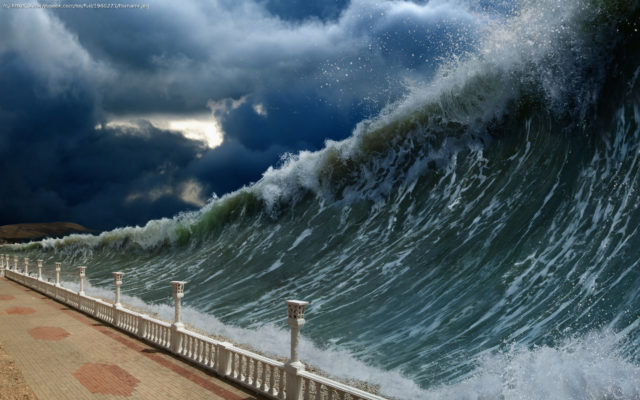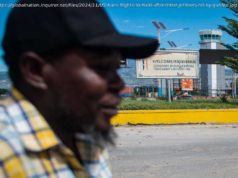Scientists believe the man was killed by a tsunami created by the eruption of Thera, “one of the most destructive eruptions in human history.”
A team of researchers recently found the 3,600-year-old remains of a man believed to have been killed by a Bronze Age tsunami. According to Phys.org, the discovery was made at a dig site called Çesme-Bağlararası, which is located in western Turkey. “The dig site has been yielding Late Bronze Age artifacts for several years but it was only recently that the digging uncovered evidence of a tsunami—layers of ash and debris that were prevented from being washed back into the sea by a retaining wall,” reported Phsy.org. Scientists are confident that the tsunami in question was one created by the eruption of Thera—a volcano located in modern-day Santorini. “The ‘super-colossal’ eruption of Thera, categorized as a 7 (out of 8) on the volcanic explosivity index, is estimated to have been one of the most destructive eruptions in human history, with some researchers likening it to the detonation of millions of Hiroshima-type atomic bombs,” National Geographic said of the “cataclysmic” event.
Home
United States
USA — Events 3,600-Year-Old Remains of Man Killed by Bronze Age Tsunami Discovered, Researchers Say






